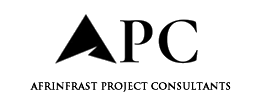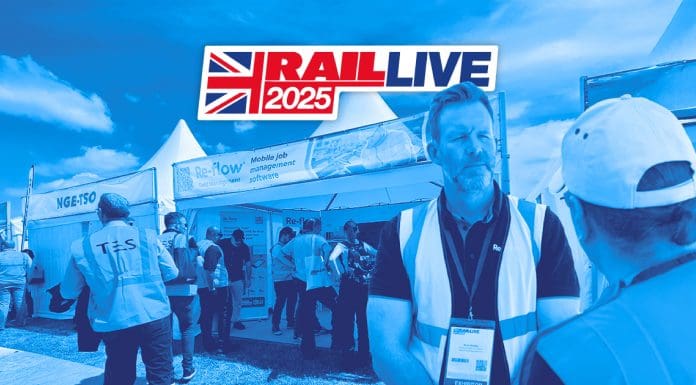
Set outdoors at the Long Marston Rail Innovation Centre, Rail Live 2025 delivered a strong turnout and a festival-style atmosphere – despite the 31C heat
With over 300 exhibitors, the event brought together the UK rail sector’s key figures to showcase emerging technologies, equipment innovations, and evolving safety practices.
Standout technologies included hand-held magnetic safety tools designed to collect sharp scrap metal from worksites, and autonomous robotic dogs offering new ways to inspect high-risk areas. Elsewhere, a number of talks also caught our eye:
Show highlights

1. Prioritising wellbeing in a high-pressure industry
We’re delighted at the way mental health discussions are going from strength to strength in our industries. With this in mind, we felt that Liam Johnston, executive director of Railway Mission, offered a powerful reminder that behind every successful rail operation is a workforce facing complex and often invisible pressures.
His talk ‘P’ explored the critical role of the chaplaincy service in safeguarding the mental health and wellbeing of railway staff – a service that operates 24/7 and is uniquely embedded within the industry.
Without focusing on religion, Johnston highlighted the service’s practical support: being a familiar, approachable presence at depots and work sites, providing a listening ear, helping colleagues process incidents, and ensuring that workers aren’t left to navigate personal or professional challenges alone.
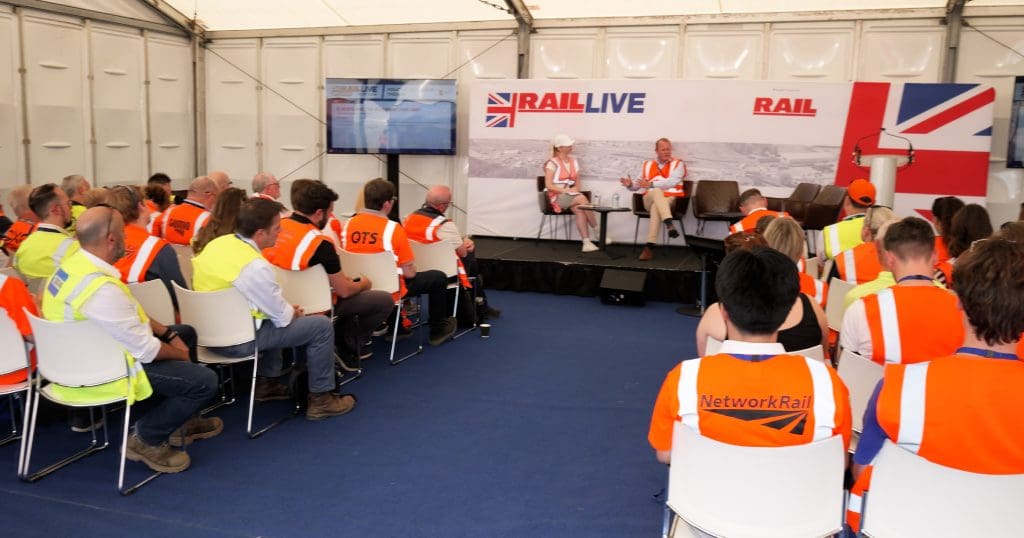
2. A joined-up railway built around passengers and freight
One of the recurring themes across Rail Live 2025 was the call for a fully integrated rail system – one that treats track and train as a single, coordinated whole. A session titled, ‘Rail Reform: securing the long-term future of the railway’ focused on what a meaningful roadmap for reform could look like, led by Andrew Haines, chief executive of Network Rail.
Together with Dickon Ross, editor of RAIL, Andrew Haines explored how aligning operations, infrastructure, and customer experience under one umbrella is central to building a modern railway.
Momentum is already building. The return of more train operators to public control marks a significant shift, with the newly launched South Eastern Railway serving as a live example of integrated operation. These structural changes are laying the groundwork for the longer-term ambition of Great British Railways – an approach designed to boost operational efficiency while delivering improved outcomes for both passengers and freight.
The discussion gave a sense of optimism and unity: of a sector increasingly aligned around shared goals of growth and decarbonisation.
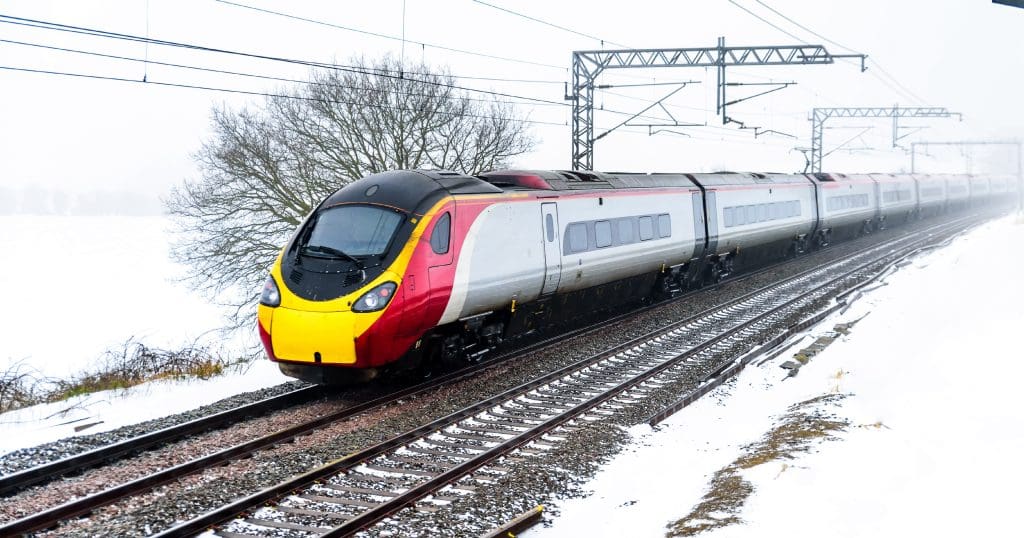
3. Adapting the railway to a new climate reality
In the Engineering Theatre session ‘Surviving a rapidly changing climate’, the panel tackled one of the most urgent questions facing the railway industry: how to build resilience into a system increasingly exposed to extreme and unpredictable weather. Chaired by Network Rail’s Gareth Dennis, the discussion examined the shift from theoretical planning to active response as climate impacts accelerate across the network.
The discussion made clear that climate change is no longer a distant threat, but a daily operational challenge. Ensuring resilience will require not only long-term investment, but also collaboration across the supply chain to deliver innovative, scalable solutions.
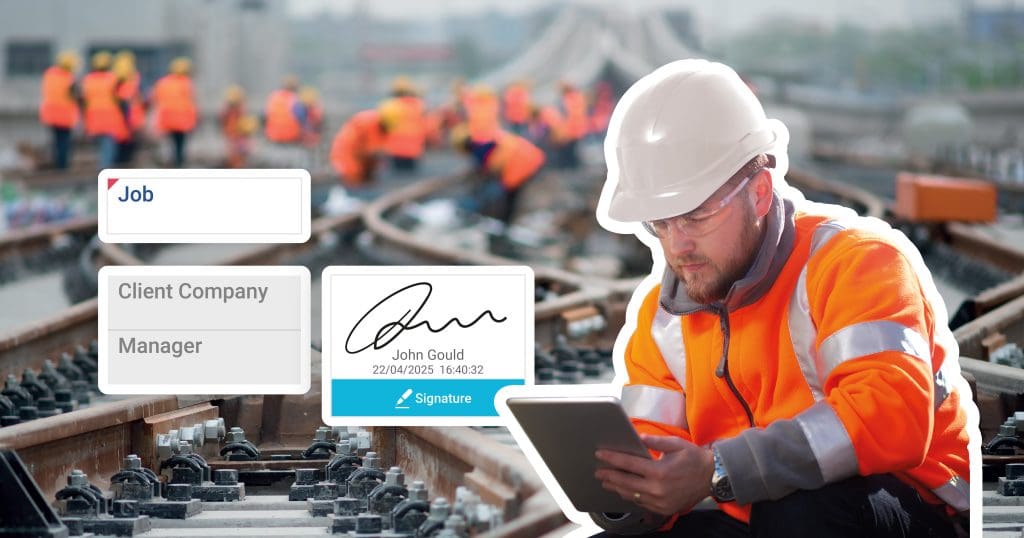
How Re-flow is helping rail go digital
At Rail Live 2025, the Re-flow team demonstrated how its field management software is supporting digital workflows across the rail sector.
Of course, you want your teams working at their happiest, safest, and most productive. When field operations run smoothly, there’s more time for strategic thinking and less worry over compliance issues, failed audits, or delays – and fewer impacts to your competitiveness.
But with rail jobs scattered around large areas, and so many moving parts in your company workflow, maintaining compliance, managing remote sites from the office, and having visibility of progress is difficult. Field management software like Re-flow, designed for rail and used by companies in the sector like DWG Infraco, comes with powerful, flexible features to address these issues.
“We would recommend Re-flow because of the improved efficiencies and organisation that it can bring,” said Ansel Zabula, operations director designate at DWG as the company reviewed Re-flow during their case study.
DWG benefit from multiple features, including:
- A smart resource scheduler
- Digital compliance forms, with time-consuming tasks streamlined, automated, and sped up by drop-down menus – making engineers and operatives buy into compliance
- Mandated compliance tasks that have to be completed before work progresses
- Live user tracking
- Asset management
- Reporting and automatic audit trails
“Having everything centralised and accessible from anywhere is a big help, and our pipeline is now well documented from start to finish thanks to the real-time data we get through the system,” Ansel Zabula concluded. “The health and safety aspects of our projects have also greatly benefitted, especially with how comprehensive our quality checks have become.”
Ready for safer and more streamlined operations?
See how Re-flow transforms rail field management
The post Smarter rail, stronger teams, safer sites: Rail Live 2025 in focus appeared first on Planning, Building & Construction Today.
